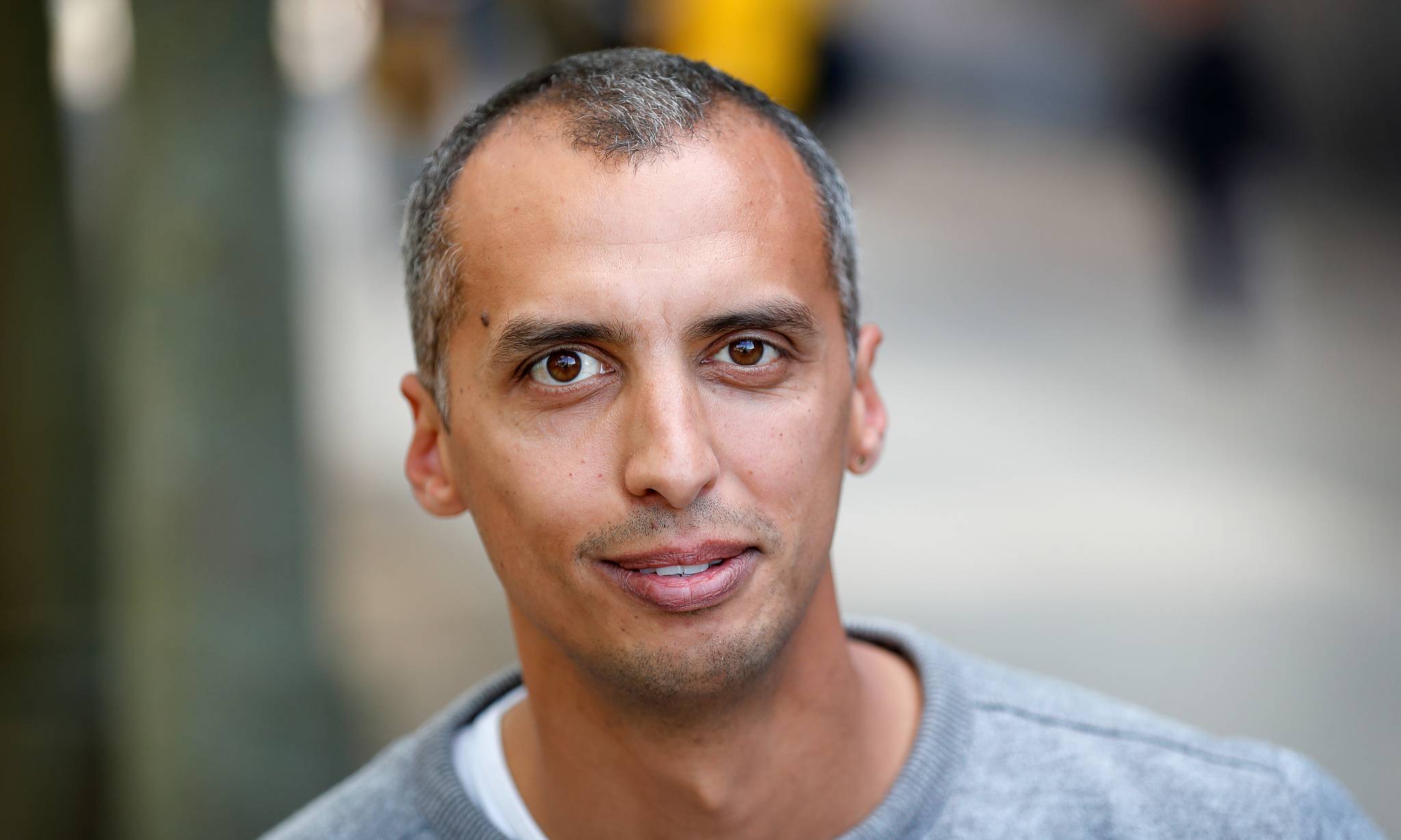
For the time being, Tesfaye will not set expectations for the number of repatriations and savings in the area of asylum.
Already when asylum seekers arrive in Denmark, they must in future attend a compulsory course on the possibilities of returning home if the asylum application ends in a rejection .
It is a new agency, the Home Travel Agency, which must guide asylum seekers on return travel, even before the asylum case has been decided. Asylum seekers must also be aware that opposing return has consequences.
– I think we should be more direct than we are today, says Minister of Foreign Affairs and Integration Mattias Tesfaye (S).
– There are too many today who are in the asylum system, where you can see that their case in all probability ends in a rejection , and they also know this well themselves. You should talk to people earlier, because it does not benefit anyone, he says.
Rejected asylum seekers must travel voluntarily
The new board officially opens on Tuesday. The establishment of the new authority is central to the government’s plan to get the rejected asylum seekers to leave Denmark voluntarily.
How to do this, several governments have in recent years tried to find a solution.
Since 2013, both Udrejsecenter Sjælsmark and Udrejsecenter Kærshovedgård have been established.
And in 2019, a majority in the Folketing consisting of the VLAK government, the Danish People’s Party and the Social Democrats voted in favor of the so-called paradigm shift, which aims to send refugees back as quickly as possible instead of integrating them.
It costs on average about 300,000 kroner to have one rejected asylum seeker accommodated at a home or departure center in Denmark for a year.
Therefore, the government also expects that more repatriations will mean savings.
But Mattias Tesfaye is wary of setting expectations for how many trips home the government’s efforts will lead to. And thus also how much money can be saved.
– In the first instance, it is about establishing the agency, getting off to a good start and making the first broadcasts work. But it is clear that just like all other areas of the state are governed by target figures, so of course we must also in the area of return travel, says the minister.
– But it is no secret that it has been a slightly special year to start up in. For example, we have had a bit of a hard time getting the planes in the air here under the corona. After a while, we can say more precisely how many are to be sent out.
DF demands savings
The Danish People’s Party has demanded savings in the area of foreigners if the party is to vote on the government’s flagship issue of previous pensions for the most deprived.
Among other things, DF wants more refugees and migrants repatriated. It is, among other things, to Syria, where the Refugee Board has assessed that conditions in certain areas make it possible.
The Danish People’s Party demands savings and repatriations to say yes to a pension agreement, but the government can not give the party clarity on how much money one can expect to save?
– Every time you manage to get one on the plane, money is saved. But it is difficult to calculate in kroner and øre how many millions it gives. Right now we have extremely low asylum numbers, and that also helps to ensure that the asylum system costs much less money. At least it’s money in the back pocket, says Mattias Tesfaye.
There are currently approximately 1,100 rejected asylum seekers in Denmark. 200 of them have been in deployment position for over five years.
/ Ritzau /


